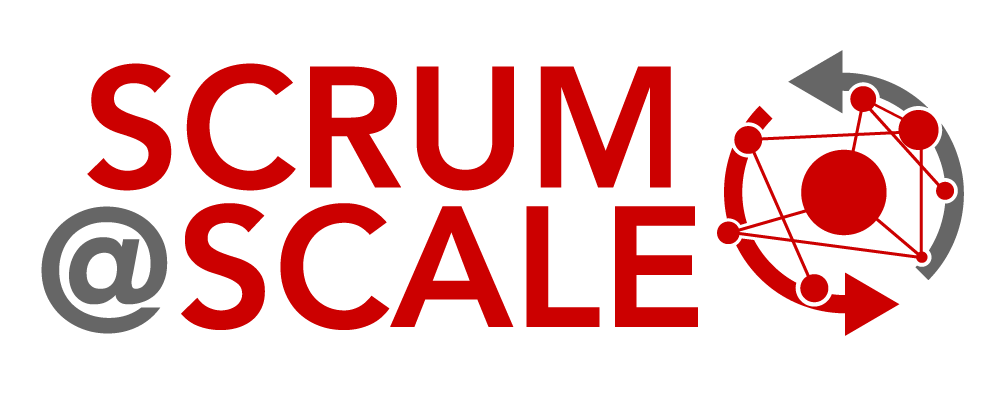Scrum@Scale Case Study
Scrum@Scale: A Progressive Transformation with McCaul Baggett
Learn how Registered Scrum Fellow McCaul Baggett helped a large global manufacturing company support its large-scale transition to Agile with Scrum@Scale. McCaul helped teams prioritize and focus their efforts on maximizing effectiveness. With teams on board and receiving the right amount of support, increases in engagement, velocity, and value were immediate.
CASE STUDY SNAPSHOT
Organization: Anonymous
Organization Size: Large
Industry: Manufacturing
Topic: Organizational Culture, Prioritization
Date: 2018
Website: McCaul’s LinkedIn
Scrum@Scale Case Study Summary
Too much of a good thing? “No one knew they were causing impediments; they thought they were supporting teams” noted McCaul, Registered Scrum Fellow and lead transformation coach. This large global manufacturing company was 100% on board with agile and had plans to transition 3,000-6,000 employees in batches. They had 250 people in 22 new Scrum teams ready to go. They had 12 team coaches of various experience levels, six consultants, five Product Owners, four Scrum-of-Scrum Masters, and two Agile Coaches. With that much support, what could possibly go wrong?
Too Much of a Good Thing
Former managers wanting to be useful began scheduling scaled Scrum events and assembling scaled teams. Detailed plans for scaled events and their expected outcomes were created. Occasionally there was even conflicting coaching from the numerous coaches. Plans were being made with the best intentions, but teams were not ready. No impediments were getting resolved and teams did not understand the large product objectives from the Chief Product Owners. Team members were missing vital pieces of information and felt overwhelmed because they had no clear understanding of the relationship between their scaled events and their teams’ deliverables. No one knew they were causing impediments; they thought they were supporting teams.
The Solution: Focus on Effective Teams FIRST
McCaul stepped in to guide the transformation with a change in focus. Creating effective teams was the first and most important step. Teams learned how to work as Scrum Teams first. Product Owner teams began meeting regularly to discuss shared initiatives and create an aligned backlog. Impediment escalation was initially limited with only brief check-ins with Scrum Masters and Scrum-of-Scrum Masters. The goal was to keep things light, with a minimal viable bureaucracy. It worked, scaling from the perspective that effective teams came first, then received the support they needed, produced outstanding results.
Outcomes from Implementing Scrum@Scale
With the new focus on team effectiveness, major improvements were identified and addressed in just the first 30 days:
- Teams were able to pull elements of the Scrum@Scale framework into their process as needed.
- Within three sprints, teams which had not produced working product in years were demonstrating live, working product to customers.
- Scaling was better understood, and more effective because it was well-prioritized.
- Rather than creating scaled events, they prioritized our scaling based on value.
- Team engagement increased by 35%.
- There was a 47% improvement in focus on value delivery and prioritization.
- Teams reflected an improvement in their mindset and culture by 57%.
- Average team performance velocity doubled.
Who is Trainer Name?
McCaul is a Registered Scrum Fellow and Coach with a demonstrated history of working in the Agile training and consulting industry. McCaul has more than 10 years of experience guiding companies through their Agile transformations in a way that delivers measurable results. McCaul’s goal is to help others “thrive in a world where change is the only constant.”



